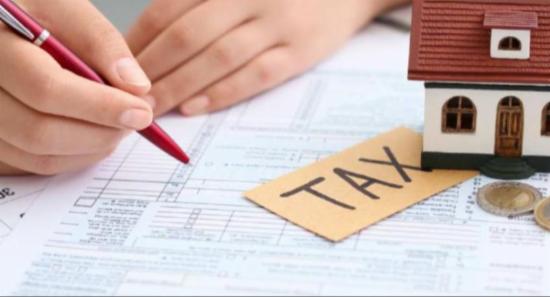.webp)
-799618.jpg)
“No Child Left Behind”: President Calls for Overhaul of School Dropout Crisis
COLOMBO (News 1st); Sri Lanka President Anura Kumara Dissanayake made a passionate appeal in Parliament for collective support to overhaul Sri Lanka’s education system, ensuring that every child receives quality education and remains in school until at least Grade 13.
Participating in a debate on proposed education reforms, the President laid out a detailed vision for transforming the country’s schooling structure, addressing systemic inefficiencies, resource mismanagement, and the growing disconnect between education and real-life skills.
“No child should leave school without completing 13 years of education,” the President declared. “In 2011, out of 358,000 students who entered Grade 1, only 311,000 reached the Ordinary Level. That means nearly 47,000 children dropped out. Our goal is to prevent such midstream exits.”
He emphasized that if a child is absent for three consecutive days, state officials must initiate a personal inquiry. “Every child must be retained in school until Grade 13. That’s the foundation of our reform program.”
Using 2023 data, the President revealed alarming statistics about school enrollment:
- 98 government schools had no students enrolled.
- 115 schools had fewer than 10 students.
- 1,506 schools had fewer than 50 students.
- 3,144 schools had fewer than 100 students.
“This is not a healthy situation,” he said. “We must reassess the school network. Some schools may need to be closed, some merged, and in certain areas, new schools must be established. We must consider relocating schools where necessary.”
He criticized the inefficiency of maintaining large buildings and staff for schools with minimal student populations, suggesting that providing free transport to urban schools may be more economically viable.
The President highlighted disparities in teacher distribution. While the national student-teacher ratio stands at 18:1, some districts face severe shortages. In Hambantota, for example, there is a shortfall of 700 teachers.
“In schools with fewer than 50 students, the ratio drops to 5:1. One school in Kuchchaveli has two students and two teachers. Another in Bandarawela has three students and three teachers. This is a misuse of human resources.”
He stressed the need for strategic human resource management and regular teacher training, proposing a minimum of one training cycle every five years.
Other Articles
Featured News





.png )













-797273_550x300.jpg)








.webp)






